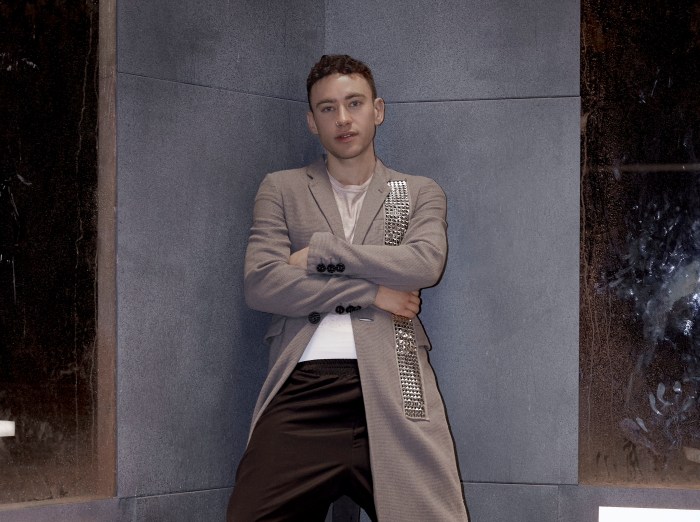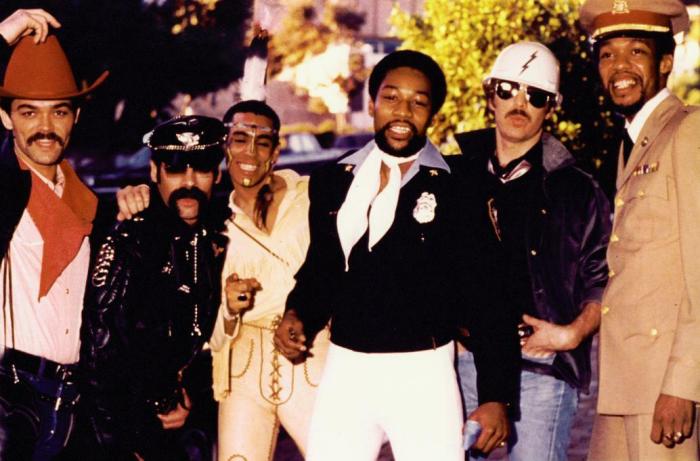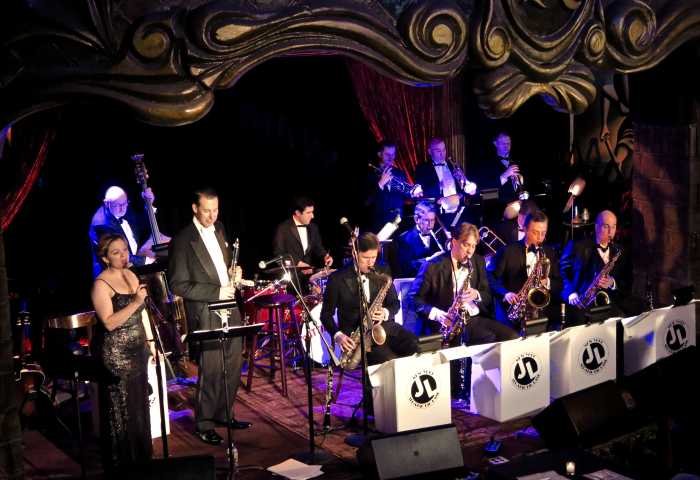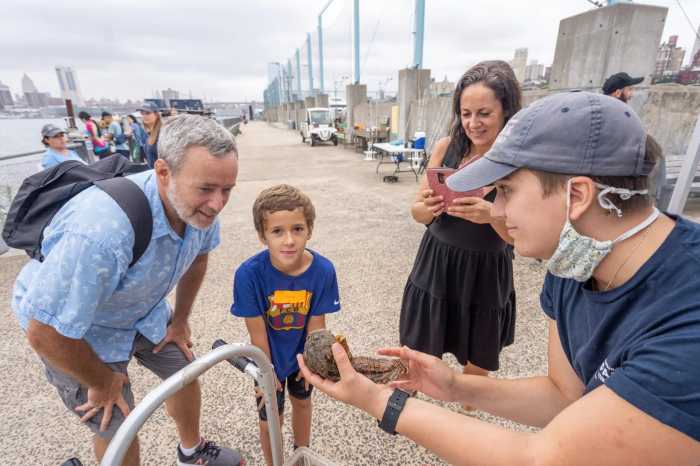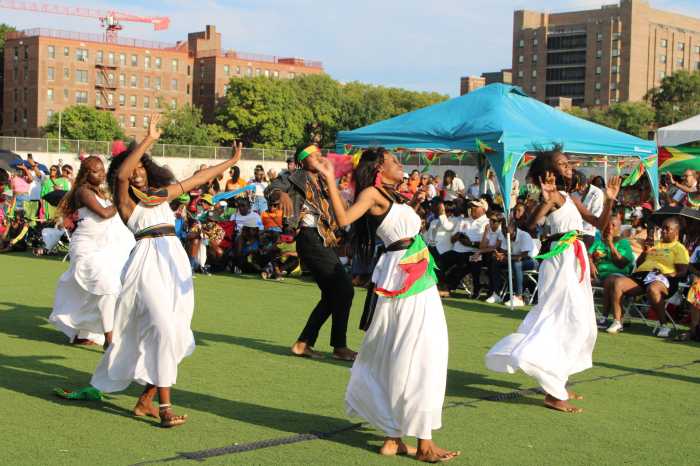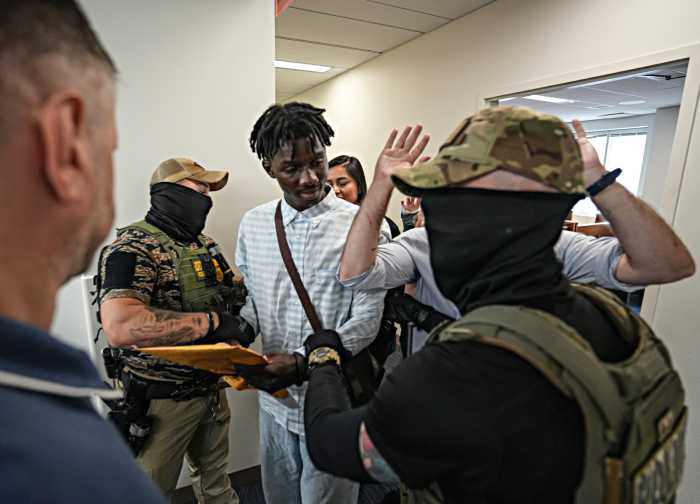Japan to Iran, Sondheim to Handel,the Upper West Side to Katonah, NY
By DAVID SHENGOLD
The whole idea of a summer festival in the austere, marbled, Brasilia-evoking quarters of Lincoln Center makes some New Yorkers—even those who eagerly frequent the complex’s major tenants during the rest of the year—unleash their irony. Better they should come and check it out: when one leaves festival events imported from all over the world (Iran, Japan, and Russia for starters) and comes face to face with the plaza’s perennially popular Midsummer Night Swing outdoor dance party, the place actually seems, well, festive. Three evenings of plays from the Ta’ziyeh cycle of Shi’ite music drama (July 16, 17, 19) posed a challenge to a reviewer unlettered in Farsi and in the given performance tradition. But while Bruce Weber seemed content to stress the exotic other-ness of the pieces (as if to let Times-reading culture vultures off the hook,) I found they made for what should be a normative festival experience—an encounter with something striking that is otherwise unattainable. Performed mainly by nonprofessional actors (the all-male cast and musicians ranged from 7 to 74), the stylized, ritualistic Ta’ziyeh evokes the era of guild actors (witness Pyramus and Thisbe in Shakespeare’s Dream) and Western traditions all but extinct, such as medieval church parables for festival performance. Props are minimal (bits of hay for scattering before martyrdoms seems an idea ripe for transfer to the operatic stage, as did the silencing of the orchestra at the raise of a singer’s hand: Miss Cotrubas would have tackled Elektra in a flash!). Villains speak, heroes sing; villains are in red, heroes not: it’s all very straightforward.
After an initial prologue with a call-and-response summation of the story by the adult and child collectives (and here the three kids made an impressive amount of sound, especially given air conditioning noise suggestive of a helicopter landing right outside the tent), the singing itself is largely melismatic. Hassan Nargeskhani Deligani and Alaeddin Ghassemi have particularly compelling voices; the most characterful acting came from the impassioned Ghassemi (who is a professional actor) and the 70-year old Morteza Saffarianrezai, a Ta’ziyeh performer since age 5, who incarnated various villains. Real sheep, camels, and horses took part, not to mention an endearingly acted lion who played a central symbolic role in The Ta’ziyeh of Imam Hussein: its undeniably moving final scene, evoking parallels in saints’ life narratives, shows the lion burying and mourning the martyred Imam and his family.
A few New Yorkers were provincial and rude enough to walk out in front of the committed performers of these fascinating evenings. But overall the crowds showed marked interest and respect; this presentation marked a major coup for the Lincoln Center Festival.
Another success was the importation of Pacific Overtures (July 9-13) from Tokyo’s New National Theatre in Amon Miyamoto’s Noh-based (and extremely savvy) staging. Very different from the 1976 extravaganza with the history-making sets and costumes of Boris Aronson and Florence Klotz, and given countless new layers of authenticity by the creative team and performers, it nonetheless had (for better and for worse) a largely Broadway pace and sensibility. Perhaps the show would have seemed more strikingly “different” in a smaller venue than Avery Fisher, but at least many people saw it in this large space. It was lovely to look at and the miking was strikingly better than what City Opera has been using across the Plaza.
Miyamoto’s highly allusive and equivocal take on the final “Next” made good the one major, jarring misfire of Harold Prince’s 1976 staging, in which the projected post-Shogunate future seemed relentlessly upbeat and positivistic. I found it depressing to read how many of the performers had credits in Japanese productions of Les Miz, Lloyd Webber, and Frank Wildhorn junk. (For this alone, Commodore Perry’s initiative should be vilified). But, unlike with so many huskily belting American musical actors, none of them sounded like they were pushing. Both young leads—Masaki Kosuzu (Manjiro) and Shuji Honda (Kayama)—were handsome, compelling performers, and Takeharu Kunimoto’s Reciter, though less magisterial than the original Mako, had his moments. Other standouts were Haruki Sayama and Atsushi Haruta in multiple (and multi-gendered) roles, and the touching Shunpo as Kayama’s wife Tamate, the first victim of the expedition.
The compact spitfire Diana Vishneva and an excellent corps de ballet dominated an animated Don Quixote (July 15) during the Kirov’s guest stint at the Met. Even by an operagoer’s forgiving standards this is a deeply silly ballet, with Cervantes’ creations furnishing the merest pretext for all manner of Hispanicized variations set to Minkus’ cheesy music. The company gives suitably colorful packaging and Vishneva, as the indefatigable dancing bride Kitri, was duly dazzling. Handsome blond Viacheslav Samodurov looked better than he partnered. Andrei Merkurov as the athletic Espada proved more impressive, and delicate Elena Chmil made a graceful, sprightly Amour in the sustained fantasy sequence. The audience breathed the circus-crowd spirit of ABT and applauded each feat, each change of the Golovin/Korovin scenery no matter how insignificant, everything, including (separately) Quixote’s horse and Sancho’s donkey.


